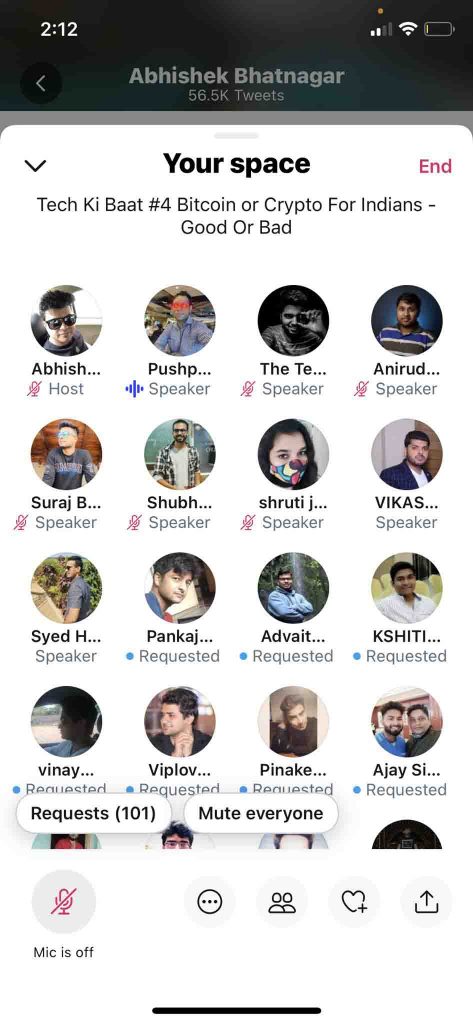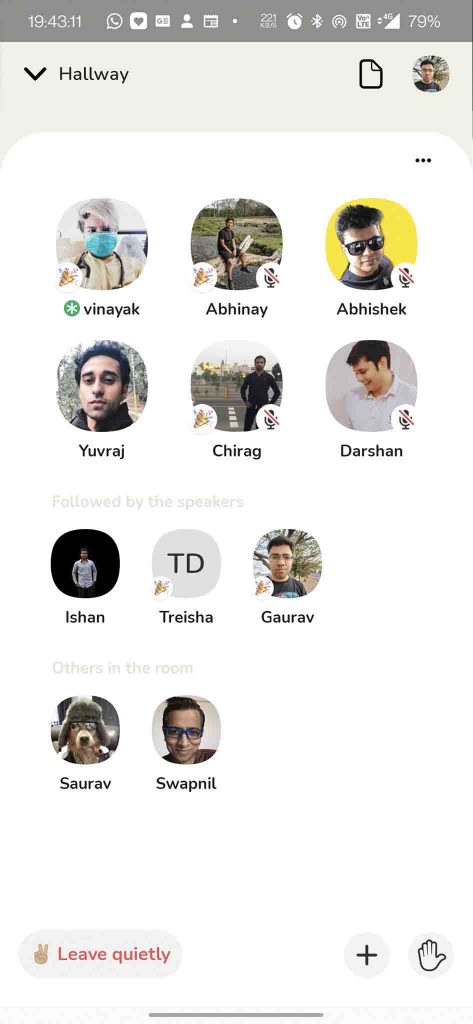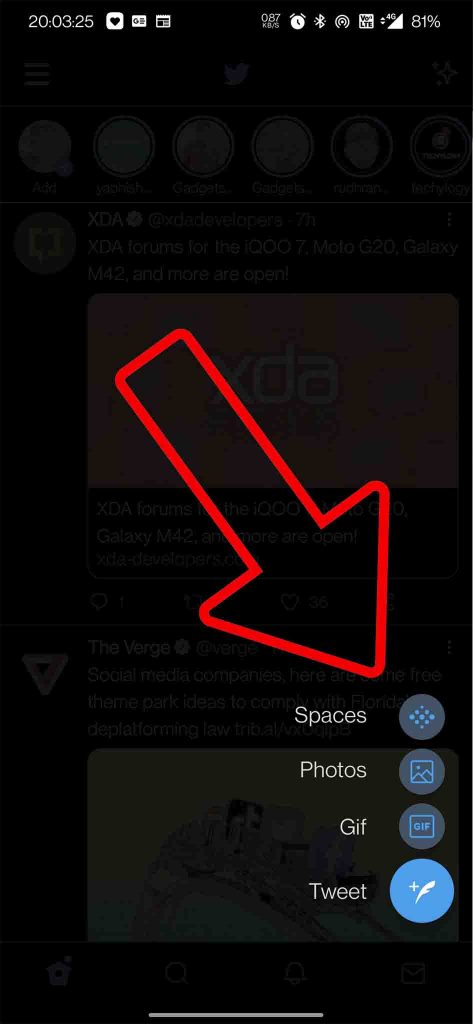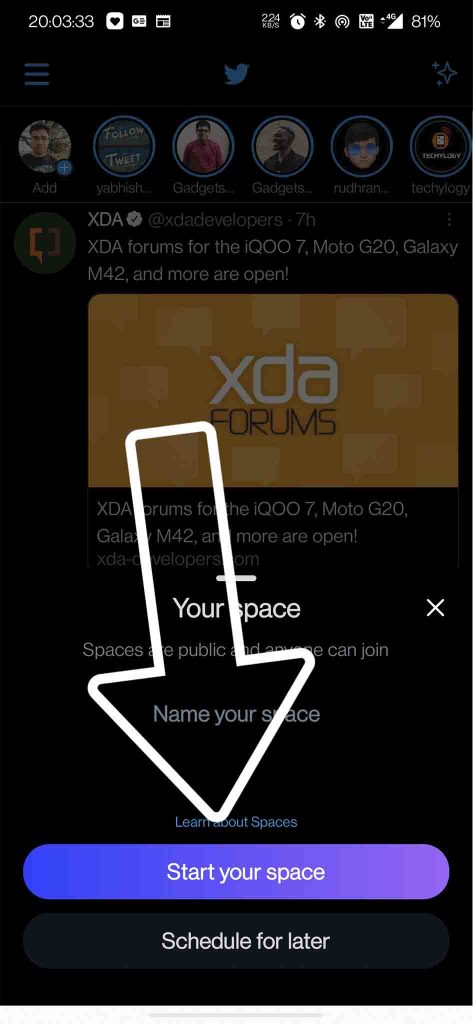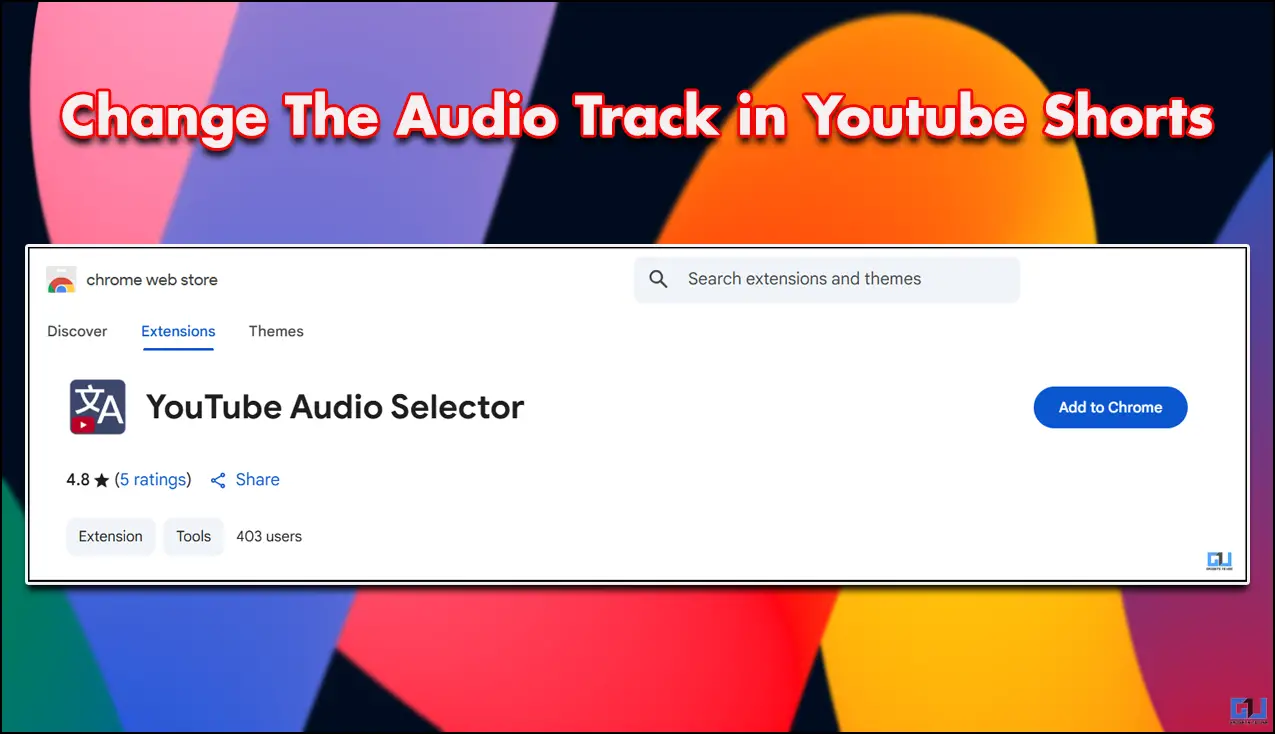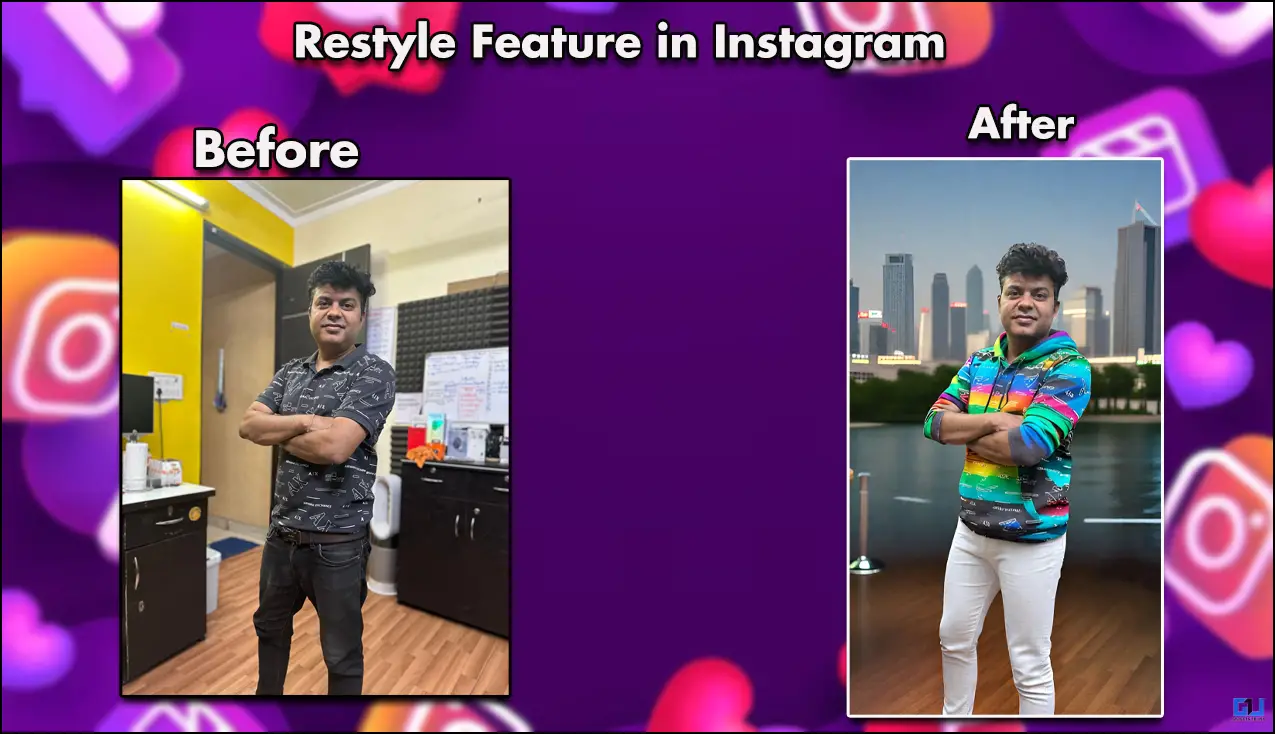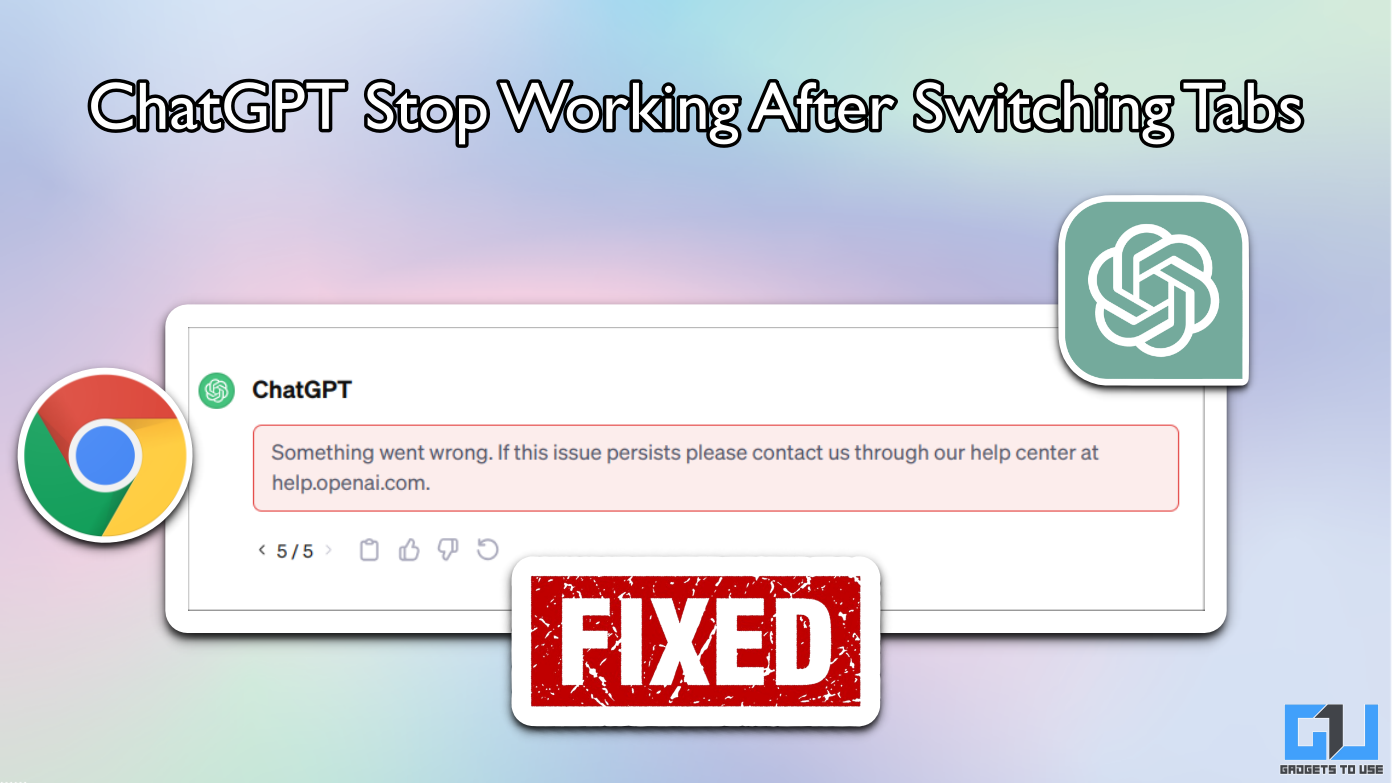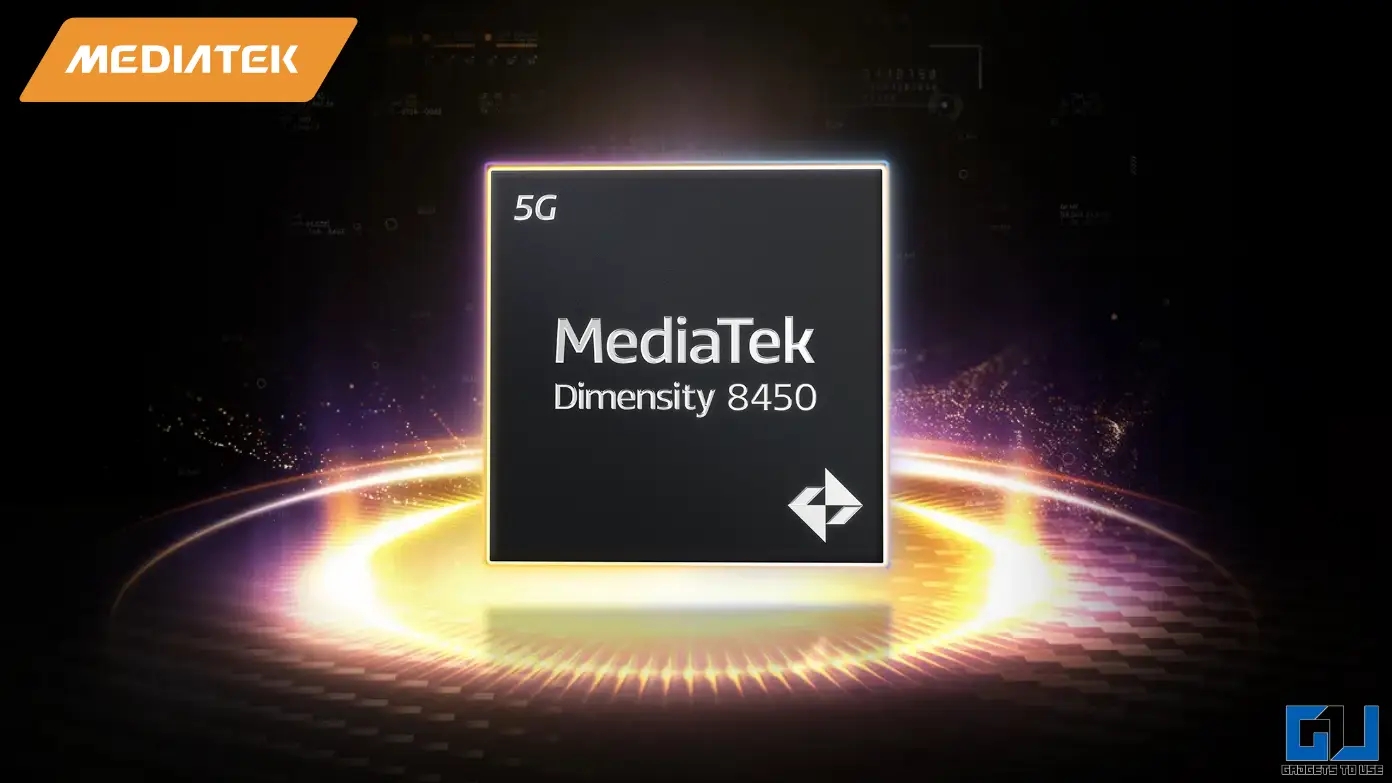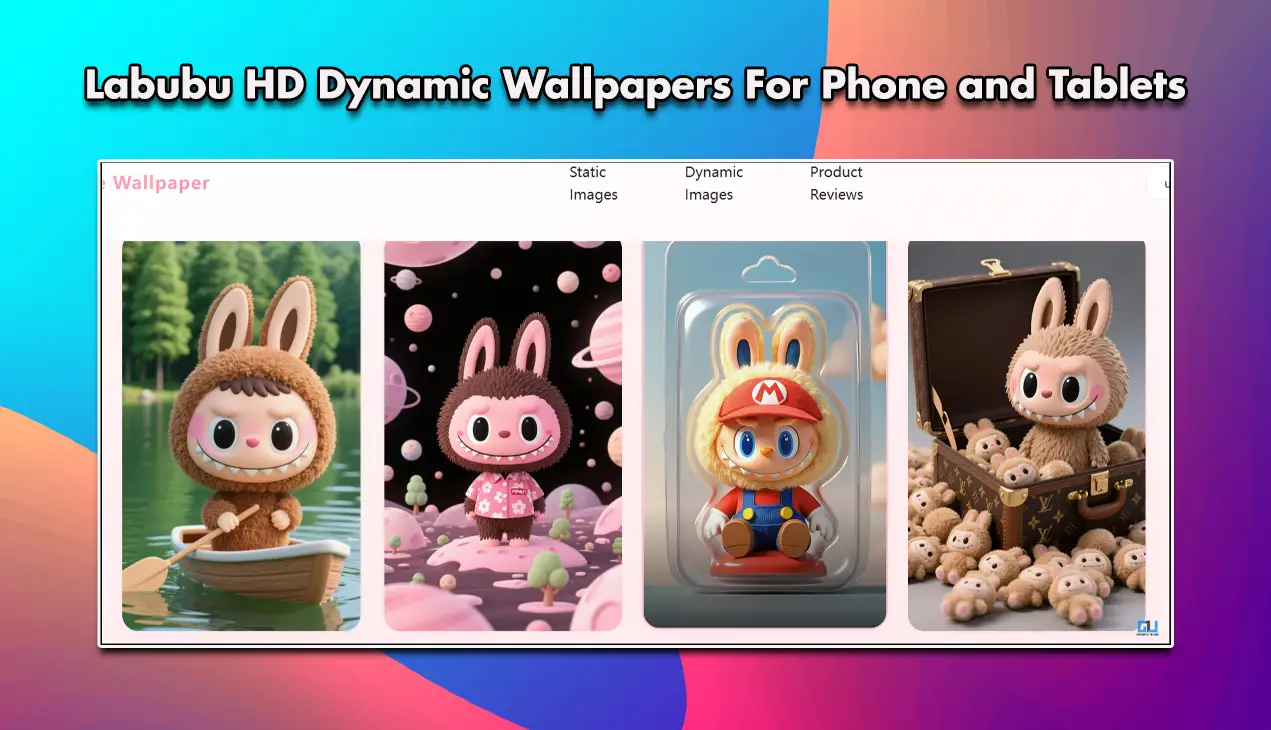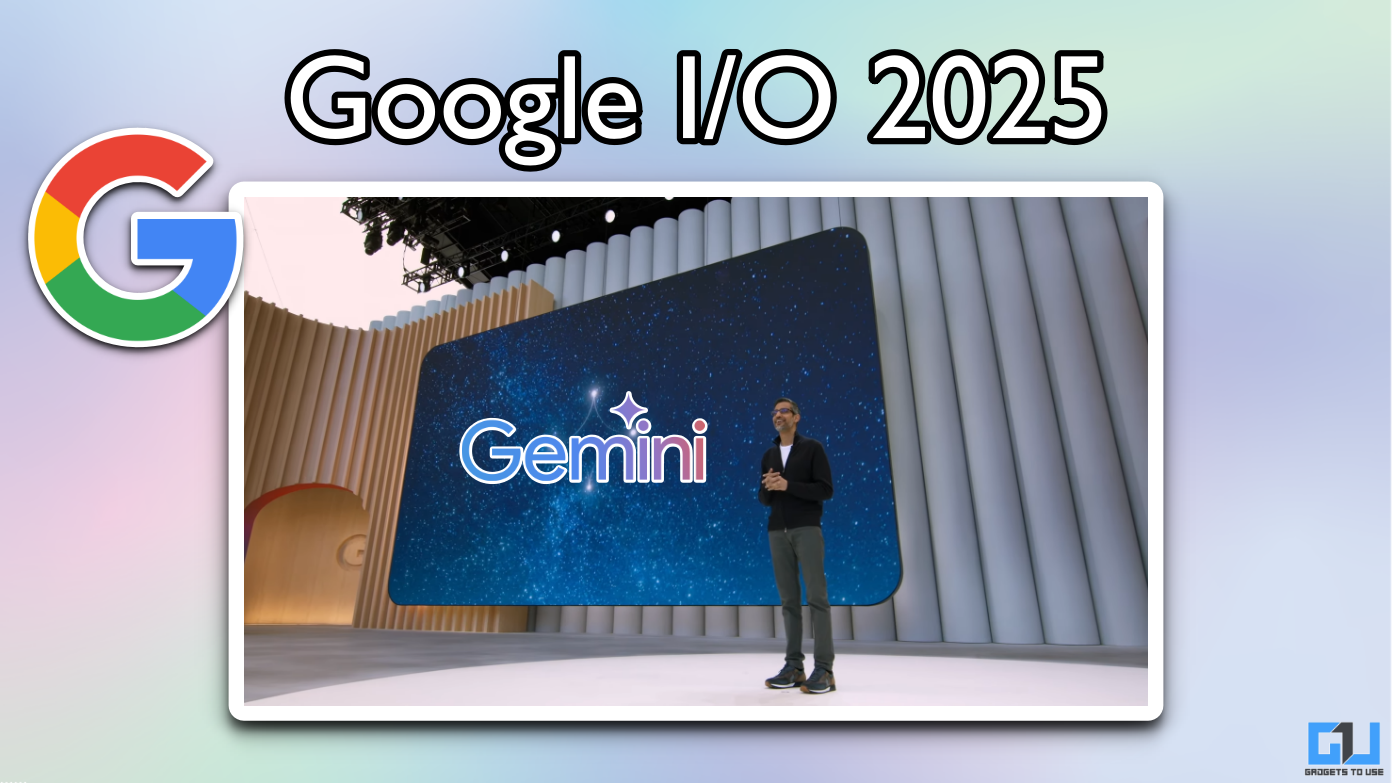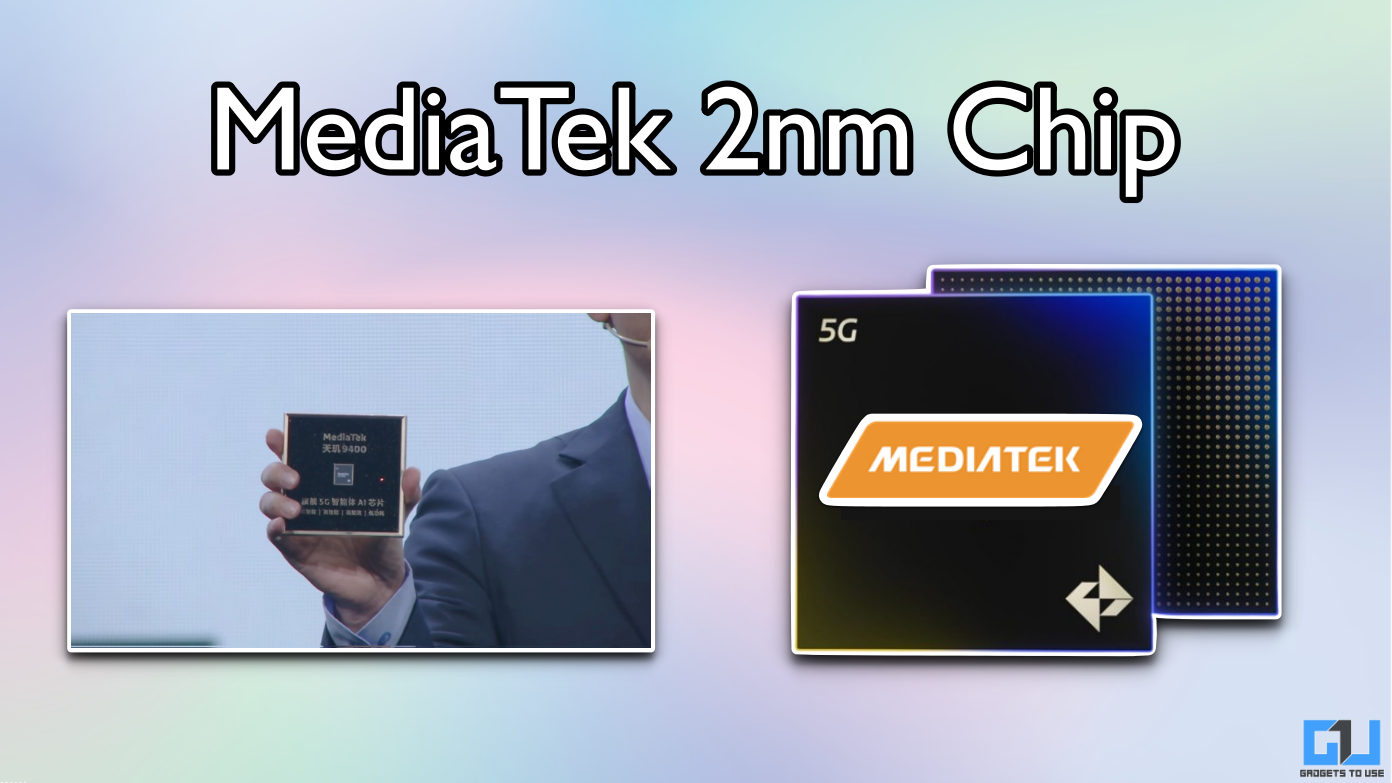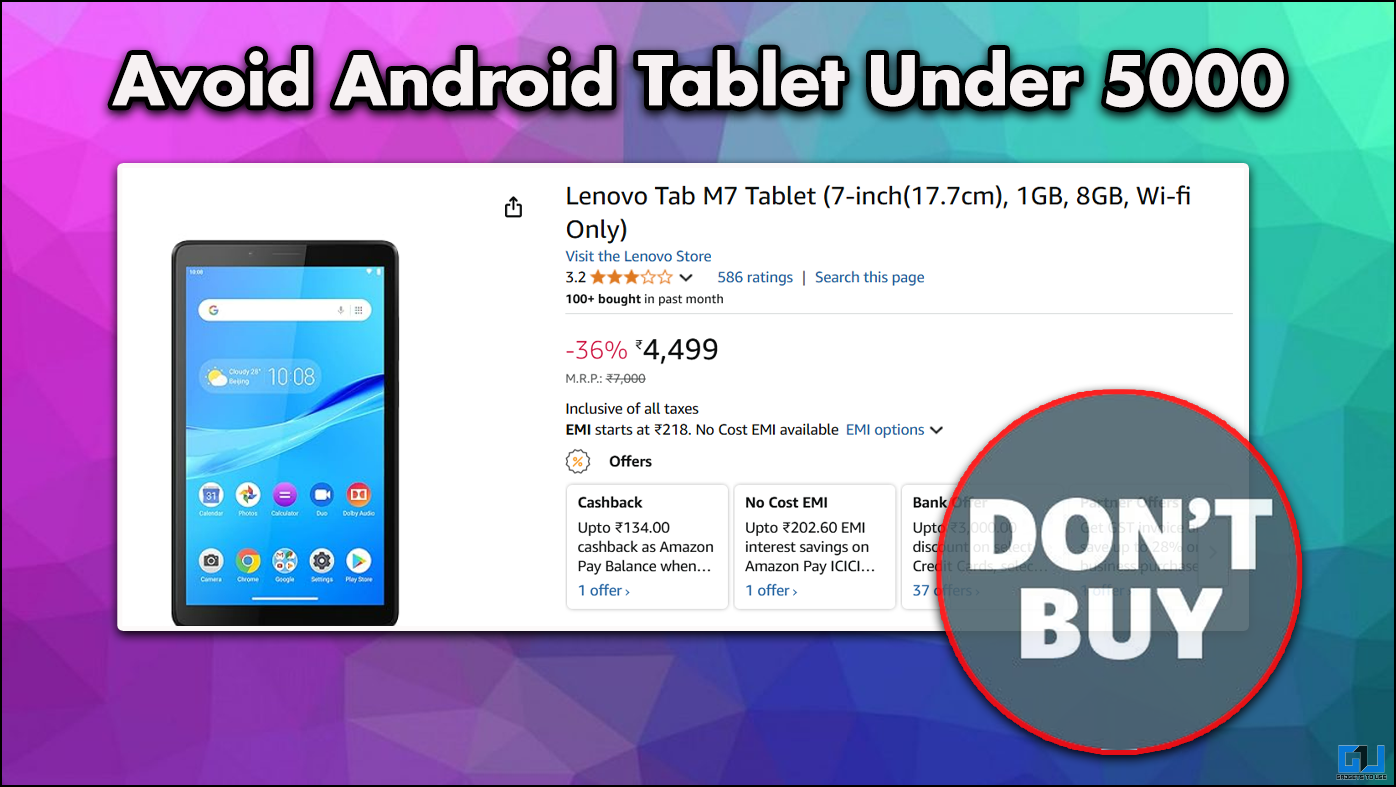Quick Answer
- If any speaker or listener wants to convey a message to the host or among themselves, without interrupting the Spaces session, then they can send a private message (Direct Message) or tweet at them.
- More number of people on the platform will lead to a wider variety of audio sessions, meaning a user has a high probability of finding the session of his/her interest.
- There are more features available for the host of the space like they can pin any tweet in the space so others can see it and share their point of view about it.
Clubhouse got a lot of popularity, ever since big names like Oprah Winfrey, Drake, Elon Musk, etc. joined the platform. As the platform picked up some heat, Mark Zuckerberg was also found speaking at “The Good Time Show” on Clubhouse, where his conversation was recorded by few people and shared on the Internet. Later a news break, that Facebook is also working on a Clubhouse-like app (which is not at all surprising, looking at the history). Speaking of a Clubhouse-like audio platform, one of the most famous platforms “Twitter” also introduced their “Twitter Spaces” which comes with a few plus points and few negative points. So today, we are going to discuss how Clubhouse and Twitter Spaces compare to each other, and which one you should join if you haven’t yet.
Also, Read | 11 Clubhouse App Tips & Tricks to Get the Most Out of it!
Twitter Spaces VS Clubhouse Things You Should Know About
There are few things common between both the platforms, while few things remain exclusive to either of the platform at the time of writing this article. First off let’s start with the similarities.
Similarities between Twitter Spaces and Clubhouse
- Each “room” or “space” has a host, at least one speaker, and listeners
- Both apps were available to iOS users first, and later came for Android as well
- The layout of rooms and spaces is very similar, with speakers at the top of the screen and listeners at the bottom
- Conversations happen in real-time, and can’t be paused or listened to later
- Both can be used for personal or professional purposes, depending on the host.
Also, Read | 3 Ways to Record Clubhouse Conversations on Android, iPhone
What’s Different on Twitter Spaces
The biggest advantage of Twitter is, its already well-established platform with nearly 330 million active users, compared to 10 million active users on Clubhouse. More number of people on the platform will lead to a wider variety of audio sessions, meaning a user has a high probability of finding the session of his/her interest.
Also, Read | Hive Social vs Mastodon: Which Is the Better Twitter Substitute?
1. No waiting list, available right away
-
- Twitter spaces is available to every Twitter user, right away. You just need to have a Twitter account, which is free and one can get within a minute. While on Clubhouse, one needs to have an Invite, to create an account on the platform.
- Twitter mentions, that one needs to have 600 followers to start a space, even though I don’t have 600 followers now, still I can start a space.
- If a user can’t start a space, he/she can still join spaces created by others.
2. No need to install a dedicated app
-
- Since Twitter is a full-fledged social media platform, and they have integrated Spaces right into it. You do not have to leave your interesting Twitter timeline and switch to another app just to join the audio session. You can easily find the Spaces session right at the top, along with fleets, when anyone you follow is either hosting or speaking at a Spaces session.

- Since Twitter is a full-fledged social media platform, and they have integrated Spaces right into it. You do not have to leave your interesting Twitter timeline and switch to another app just to join the audio session. You can easily find the Spaces session right at the top, along with fleets, when anyone you follow is either hosting or speaking at a Spaces session.
3. Ease of use
-
- Starting a Space is really easy, you just need to allow mic permission to twitter, give a name to your space session, and click on Start your Space. On Clubhouse, it’s a bit more complicated, as you get three different room options to choose from, plus there is another thing called Club, all this can confuse a person who is not familiar with the stuff.
4. Better Way Communication
-
- If any speaker or listener wants to convey a message to the host or among themselves, without interrupting the Spaces session, then they can send a private message (Direct Message) or tweet at them. Any such option is not available on Clubhouse currently.
5. Other Spaces features
-
- There are more features available for the host of the space like they can pin any tweet in the space so others can see it and share their point of view about it. The host can also enable captions for the space session so that other users can see a real-time text version of the session if there’s some issue with the audio from the listener’s end. Al the members can actively participate, even when they are not speaking, with the help of emoji reactions.
Also, Read | [Guide] Use Twitter Spaces to Create & Join Audio Chats on Android, iOS
What’s Different on Clubhouse
The biggest advantage of Clubhouse is that since it has been developed with the sole purpose of organizing an audio session, it offers more flexibility to the host of the clubhouse session.
1. Appoint a Moderator
-
- The best feature of the clubhouse is that the host can, appoint any member from the session as a moderator. So things can become easy for them to manage the whole session, like making someone speaker, and moving them back to the audience, etc.
- Another benefit of this feature is that the original host can leave anytime, without killing the session, as the moderator can carry on the session from there. If the original host joins back the same session, he/she will retain all the rights of the host, as if they never left.
- This feature is not available in Twitter spaces as of now, and it’s only the host who has to manage everything and be a speaker as well at the same time, Twitter is said to add a similar feature in the future.
2. Private Chat Session
-
- Since Clubhouse has three different room options to choose from, the host can decide if he/she wants to start:
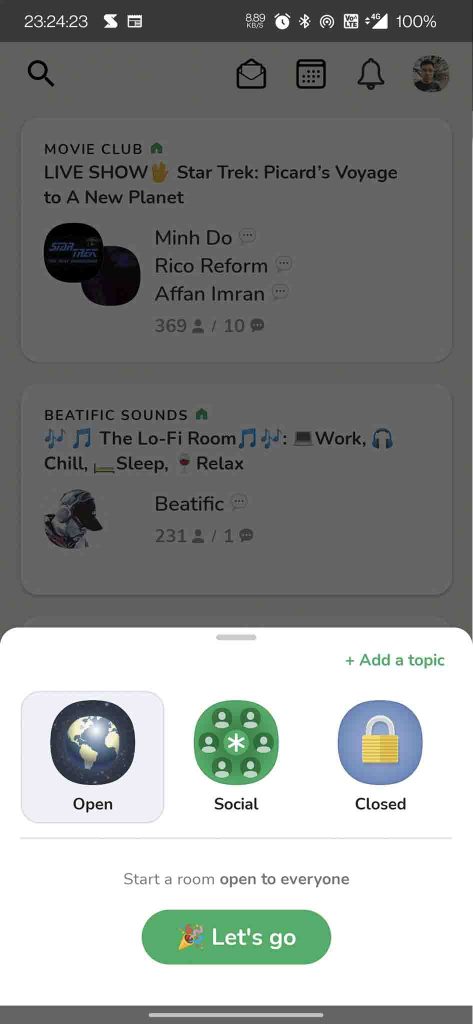
Room Options - Open Room – It will be visible to everyone on the platform, and anybody can join.
- Social Room – It will be open to only those people whom the user is following.
- Closed Room – It will be open to only those people whom the user wants to invite to the session.
- The host or moderator can anytime convert a closed or social room, into an open room.
- Since Clubhouse has three different room options to choose from, the host can decide if he/she wants to start:
Also, Read | 2 Ways to Hide Promoted Tweets From Your Twitter Timeline
Summarising Twitter Spaces VS Clubhouse
Here’s a short summary of Twitter Space and Clubhouse:
| Twitter Spaces | Clubhouse | |
| Platform | iOS, Android, Web App (Desktop and Mobile) | iOS and Android |
| Invite System | No invite required | An invite is mandatory to join |
| Dedicated App | Inbuilt in Twitter | Separate App |
| Ease of use | Easy to use | Not easy for a new user |
| Moderator | Coming in Future | Can appoint a member as moderator |
| Direct Message | User can directly message | No option for Direct Message |
| Reactions | Reaction Emojis Available | No Reactions available |
| Schedule Session | Available | Available |
| Private Session | Not Available | Available |
| Live Captions | Available | Not Available |
| Pin a message | Can Pin a Tweet | Not Available |
| Maximum no. of Members in a Session | (Info not available) | 5000 |
| Maximum no. of Speakers in a Session | 11 (Including Host) | More than 11 (exact number not available) |
| Revenue Model for Host | Ticketed Space (Coming in Future) | Not Available |
Also, Read | 3 Ways to Use Twitter on Slow Internet Speeds
Both platforms have some advantages as well as some disadvantages, but since Clubhouse is an Audio Session only platform, it can’t adopt all the benefits which Twitter comes with. While Twitter being a more flexible platform can easily incorporate the benefits which Clubhouse comes with, and as Twitter mentioned they are already working on some new features, including Ticketed Spaces, which can be used to tip the host for organizing the session and sharing his knowledge.
Also, Read | How to Mute Fleets From A Particular Twitter Account
Which of these platforms do you like more and why? Do let us know in the comments down below.
You can also follow us for instant tech news at Google News or for tips and tricks, smartphones & gadgets reviews, join GadgetsToUse Telegram Group or for the latest review videos subscribe GadgetsToUse Youtube Channel.
